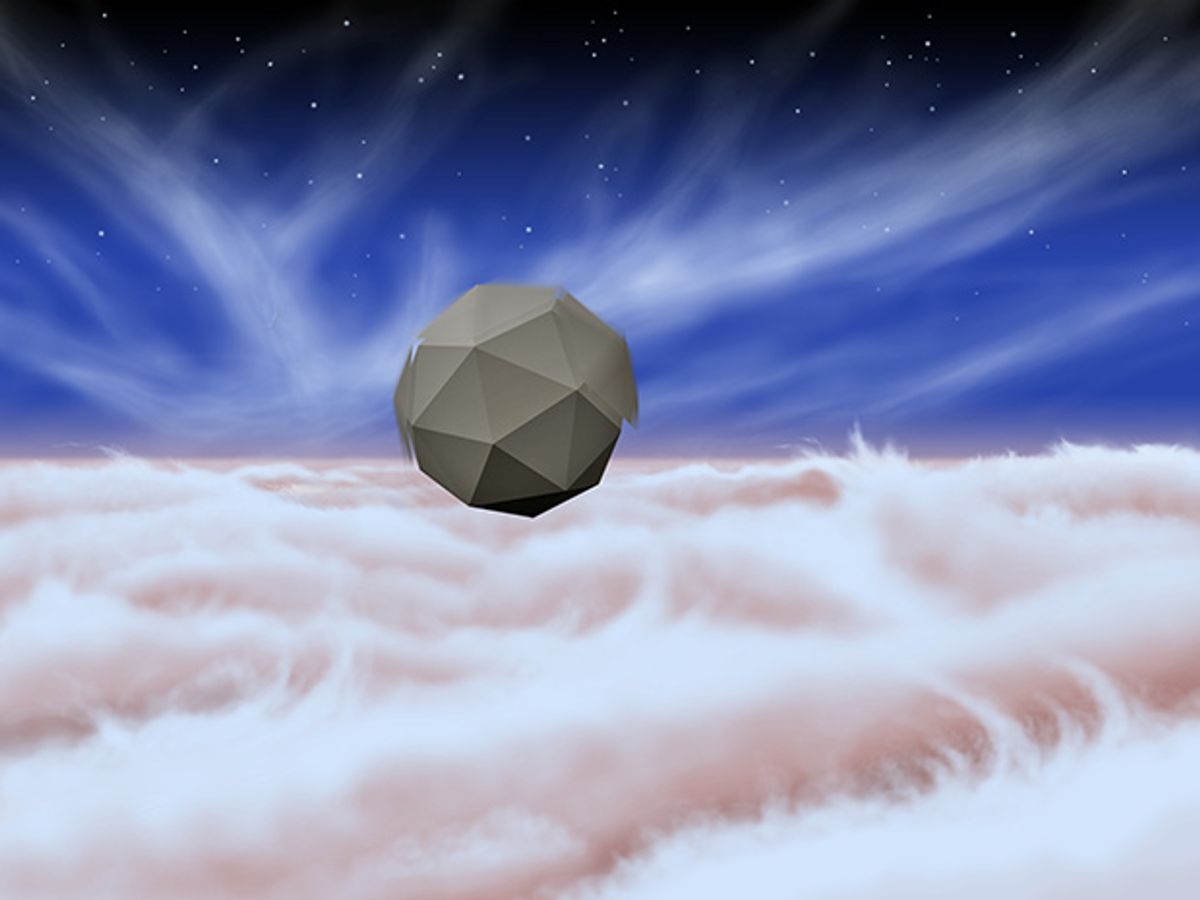Sending a robotic lander to Jupiter is probably not a good idea. There’s a rocky core down there somewhere, encased by metallic hydrogen and covered by an ocean of supercritical hydrogen, so technically, there is somewhere to land. But even if your lander made it all the way down there (which it probably wouldn’t for a variety of reasons), you’d be squished and fried and not even able to see anything while it was happening.
So let’s not do that.
Instead of thinking of Jupiter as totally inhospitable, let’s take a page from this Venus playbook, and aim for exploration of the atmosphere instead, with a robot that floats in the clouds and harvests energy from the wind.
WindBots, or “persistent in-situ science explorers for gas giants,” is a conceptual project that just got a US $100,000 grant from NASA’s Innovative Advanced Concepts program to make itself slightly less conceptual. The general idea is to find a way to make atmospheric exploration possible for gas giants, where keeping a robot alive for any appreciable amount of time is a challenge.
For atmospheric explorers, there are few options for power, because solar is impractical on a rotating planet, and a radioisotope thermal generator is impractical on a robot that’s supposed to be floating. In order to harvest energy from an atmosphere, you need an energy gradient: that is, energy conditions that change over time. Turbulence fits the bill nicely, and that’s what the NASA researchers are hoping they can find on Jupiter. From the look of the clouds there, it seems like a safe bet.
The robot itself is still just as conceptual as the image above would suggest, but the notable feature (that you can’t really see in the image) are the rotors on the faces of the robot that can spin to create lift or change the robot’s direction. Inside, besides a bunch of fancy science instruments, there’d likely be some mechanism to harvest energy from turbulent motion, kind of like what you can find in one of those self-winding wristwatches.
So what’s next?
The JPL team is starting out by characterizing winds among the clouds of Jupiter to understand what kinds of places might be best for sending a windbot and to determine some of the technical requirements for its design. “There are lots of things we don't know,” [Adrian Stoica, principal investigator for the windbots study at JPL] said. “Does a windbot need to be 10 meters in diameter or 100? How much lift do we need from the winds in order to keep a windbot aloft?”
First of all, if the question is 10 meters or 100 meters, the answer is obviously 100 meters, because awesome. Some other things that need solving include sensing and aerodynamic modeling, which would best be accomplished by the construction of a prototype. We can’t wait to see it.
Via [ NASA ]
Evan Ackerman is a senior editor at IEEE Spectrum. Since 2007, he has written over 6,000 articles on robotics and technology. He has a degree in Martian geology and is excellent at playing bagpipes.



